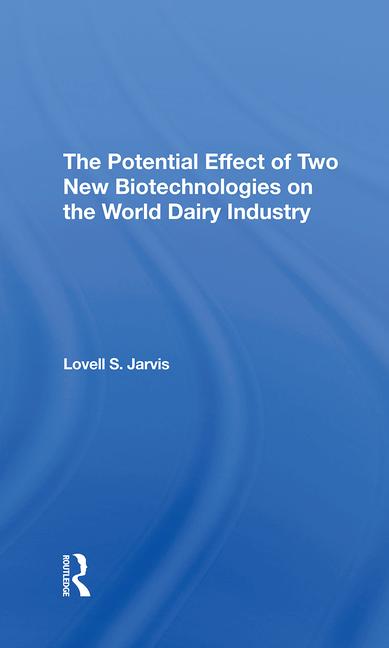Quality on the Line: Battling Microbes on Plant Surfaces

In 1985, an outbreak of Listeriosis was traced to Mexican style cheeses being produced in a Los Angeles plant that was bypassing the pasteurizer. The California outbreak, along with a Salmonella outbreak in Chicago, and additional Listeria scares elsewhere tarnished the "pure and safe" image of dairy. The industry needed to react. But how?
Although it is common in nature, Listeria Monocytogenes was an unfamiliar organism in the dairy industry. It can be found in soil, sewage, silage, leafy vegetables, and raw milk. More alarmingly, it's also found in food processing environments including the surfaces of walls, floors and drains.
Some of the initial reaction to this crisis was, at best, not very well thought out. It didn't take long to discover that the Listeria Monocytogenes organism was here to stay and that some of our initial reactions merely added to the problem. High pressure spraying "atomizes" the organism, spreading it even further. Footbaths, if not properly maintained, can provide an excellent growth medium for Listeria and sporadic cleaning can actually help to spread it by eliminating competing organisms. In short, we quickly learned that simple eradication of Listeria is not possible. The way to prevent pathogen contamination in finished products is through effective cleaning and sanitizing of properly constructed walls, floors, and drains.
Listeria Monocytogenes can protect itself with a thick biofilm that clings to floor mats, equipment, walls, floors and drains. Cracks and crevices further serve to protect the organism.
Floors and walls must be made of smooth and impervious surfaces that lend themselves to cleaning and sanitizing. Suitable flooring and wall materials include epoxy surfaces and dairy tile for floors and insulated panels for walls. However, when one considers which material to use, it is important to evaluate the intended use of the room. Will the room be refrigerated or ambient? Is the traffic in the room heavy or light? Will the floor be subject to high load levels and frequent fork lift traffic? What chemicals will the surface be in contact with?
When floor mats are required, thought should be given to the design and cleanability. Mats with antimicrobial characteristics such as the UltraSan™ mats from Milliken & Company are now available.
Drains require vigorous cleaning with a brush. Stainless steel drains and traps like those available from Scherping Systems provide cleanable surfaces for drains. Ideally such drains should be single piece, with a seamless construction.
But perhaps the greatest innovation in the areas of cleaning and sanitizing of walls and floors has come in the development of new foams and foaming techniques.
Foams and gels are now used for cleaning and sanitizing environmental surfaces. Footbaths have been replaced by doorway foamers that keep a layer of sanitizer in every doorway and eliminate the accumulation of soils. Foams and gels as well as portable foaming equipment, door foamers, and central sanitizing stations are available from chemical suppliers. JohnsonDiversy, a leading chemical supplier for the food industry, recommends daily cleaning of surfaces including a pre-rinsing and foaming with the proper foam agents. Equipment exteriors, and in some cases wall surfaces, should be rinsed with potable water after the foam has been in contact with the surface for 10-15 minutes.
The first step in the defense against pathogens in a dairy is to control their growth within the environment. Surfaces must be cleanable and cleaned on a regular basis. The cleaning regiment must also be monitored through a well-thought-out environmental monitoring program. But that's another article. See you in the plant.
Looking for a reprint of this article?
From high-res PDFs to custom plaques, order your copy today!






